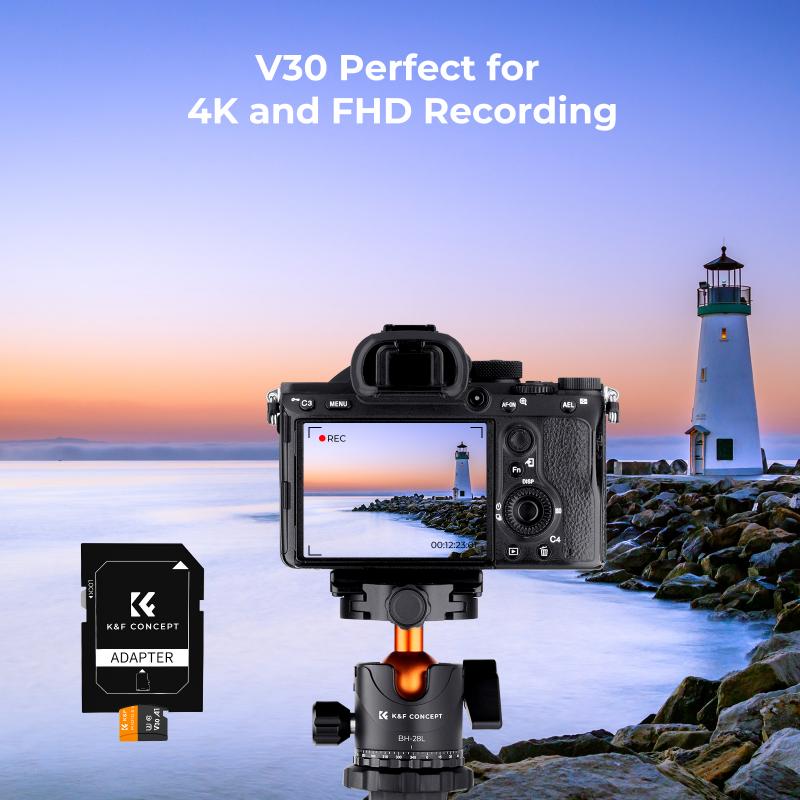How To Remove Photos From Sd Card?
Removing photos from an SD card is a common task that many users need to perform, whether to free up space, organize their files, or simply delete unwanted images. This article will guide you through various methods to remove photos from an SD card, ensuring that you can do so efficiently and safely. We will cover different devices and operating systems, including Windows, macOS, Android, and cameras. Additionally, we will discuss some best practices to prevent data loss and maintain the health of your SD card.
Understanding SD Cards

Before diving into the methods, it's essential to understand what an SD card is and how it works. An SD card (Secure Digital card) is a type of memory card used to store data in portable devices such as cameras, smartphones, and tablets. They come in various sizes and capacities, including SD, microSD, and miniSD. The data stored on an SD card can be easily transferred to other devices, making it a convenient storage solution.
Method 1: Removing Photos Using a Computer

On Windows

1. Insert the SD Card: Insert your SD card into the SD card slot on your computer. If your computer doesn't have an SD card slot, you can use an external card reader.
2. Open File Explorer: Press `Win + E` to open File Explorer. You should see your SD card listed under "This PC" or "My Computer."
3. Navigate to the Photos: Click on the SD card to open it and navigate to the folder containing the photos you want to delete.
4. Select the Photos: Click on the photos you want to delete. You can select multiple photos by holding down the `Ctrl` key while clicking.
5. Delete the Photos: Right-click on the selected photos and choose "Delete" from the context menu. Alternatively, you can press the `Delete` key on your keyboard.
6. Empty the Recycle Bin: To permanently remove the photos, make sure to empty the Recycle Bin.
On macOS

1. Insert the SD Card: Insert your SD card into the SD card slot on your Mac. If your Mac doesn't have an SD card slot, you can use an external card reader.
2. Open Finder: Click on the Finder icon in the Dock to open a Finder window. You should see your SD card listed in the sidebar under "Devices."
3. Navigate to the Photos: Click on the SD card to open it and navigate to the folder containing the photos you want to delete.
4. Select the Photos: Click on the photos you want to delete. You can select multiple photos by holding down the `Command` key while clicking.
5. Delete the Photos: Drag the selected photos to the Trash or right-click and choose "Move to Trash."
6. Empty the Trash: To permanently remove the photos, make sure to empty the Trash.
Method 2: Removing Photos Using a Smartphone
On Android
1. Insert the SD Card: Insert your SD card into your Android device if it isn't already.
2. Open the File Manager: Open the file manager app on your device. If your device doesn't have a file manager, you can download one from the Google Play Store.
3. Navigate to the Photos: Locate the SD card in the file manager and navigate to the folder containing the photos you want to delete.
4. Select the Photos: Tap and hold on a photo to select it. You can select multiple photos by tapping on additional photos.
5. Delete the Photos: Tap the trash can icon or choose "Delete" from the menu to remove the selected photos.
On iOS
iOS devices do not typically support SD cards directly. However, you can use an SD card reader that connects via the Lightning port.
1. Insert the SD Card: Insert your SD card into the SD card reader and connect it to your iOS device.
2. Open the Files App: Open the Files app on your iOS device.
3. Navigate to the Photos: Locate the SD card in the Files app and navigate to the folder containing the photos you want to delete.
4. Select the Photos: Tap "Select" in the upper right corner, then tap on the photos you want to delete.
5. Delete the Photos: Tap the trash can icon to remove the selected photos.
Method 3: Removing Photos Using a Camera
1. Insert the SD Card: Ensure the SD card is inserted into your camera.
2. Turn On the Camera: Power on your camera.
3. Access the Playback Mode: Switch to playback mode to view the photos stored on the SD card.
4. Select the Photos: Use the camera's navigation buttons to select the photos you want to delete.
5. Delete the Photos: Press the delete button on your camera and confirm the deletion when prompted.
Best Practices for Deleting Photos from an SD Card
1. Backup Important Photos: Before deleting any photos, make sure to back up important images to another storage device or cloud service.
2. Safely Eject the SD Card: Always safely eject the SD card from your device to prevent data corruption. On Windows, right-click the SD card in File Explorer and choose "Eject." On macOS, drag the SD card icon to the Trash.
3. Format the SD Card: If you want to delete all photos and other data, consider formatting the SD card. This will erase everything on the card and can help maintain its performance. Make sure to back up any important data before formatting.
Troubleshooting Common Issues
1. SD Card Not Recognized: If your SD card is not recognized by your device, try using a different card reader or device. Ensure the card is properly inserted and check for any physical damage.
2. Unable to Delete Photos: If you cannot delete photos, check if the SD card is write-protected. Some SD cards have a physical switch that can be toggled to enable or disable write protection.
3. Data Recovery: If you accidentally delete important photos, you can use data recovery software to attempt to recover them. Some popular options include Recuva, Disk Drill, and PhotoRec.
Removing photos from an SD card is a straightforward process that can be done using various devices and methods. Whether you are using a computer, smartphone, or camera, the steps outlined in this article will help you efficiently delete unwanted photos. Remember to back up important data, safely eject your SD card, and consider formatting the card if you need to erase all data. By following these best practices, you can maintain the health of your SD card and ensure your data is managed effectively.
